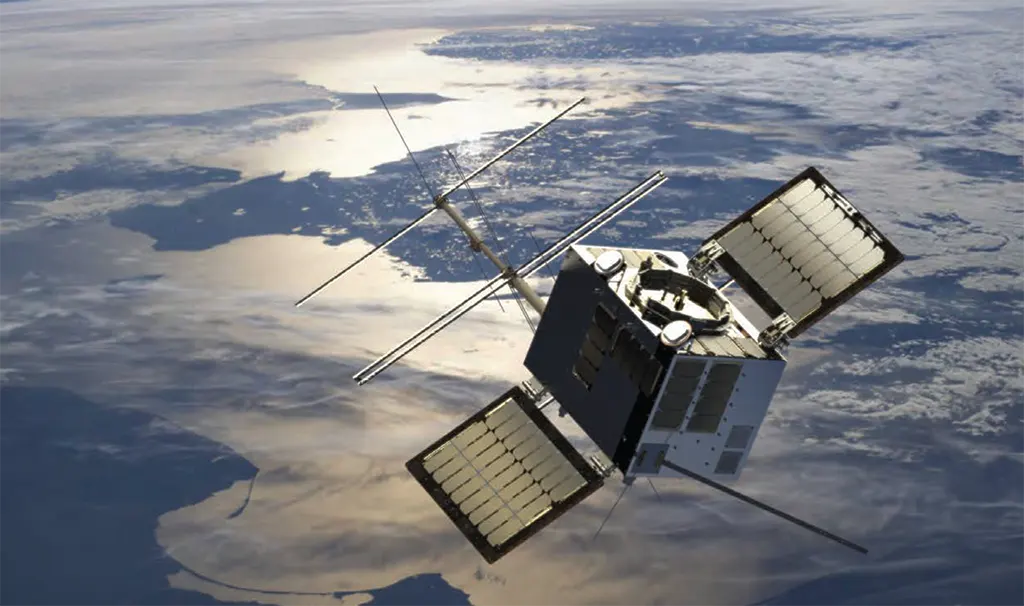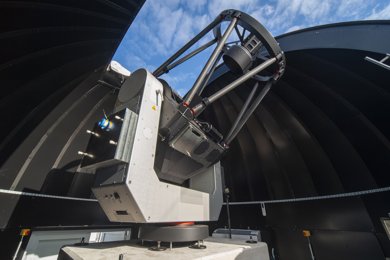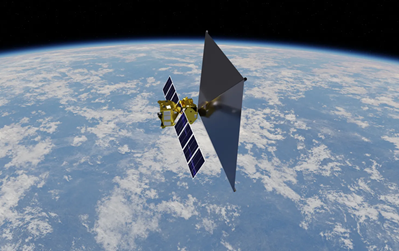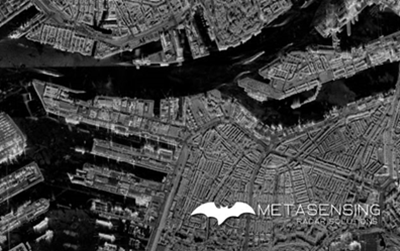On 19 January, the experimental Dutch satellite instrument SmallCAT successfully connected to a ground station on Earth – via laser light. It is an important milestone for the Dutch space industry, which wants to market its laser satellite communication technology worldwide.
View news item on the NSO website

SmallCAT (Small Communication Active Terminal) is an innovative satellite instrument developed by TNO, supported by the Ministry of Defence and NSO from the ESA ARTES programme. The instrument was launched in April 2023 aboard the Norwegian satellite Norsat-TD. Since then, TNO has been working towards the first laser data connection between the satellite and a ground-based receiving station.
The ground station to which connection was made is located at TNO in The Hague. The equipment needed to connect to SmallCat was made by TNO and Airbus Netherlands. Establishing such a laser connection is not easy, says Bert Meijvogel, senior technology advisor at the Netherlands Space Office (NSO): “SmallCAT flies at 28,000 kilometers per hour in a low orbit around the Earth. You have to point a laser from the ground, connect, hold that connection and then send data back and forth. This only works with incredibly accurate equipment.”
Why laser satellite communication?
Communication via laser light has a number of advantages over the radio links that satellites currently use. Laser communication is faster, safer, the hardware is considerably lighter and sending data takes less energy. It is therefore an important and promising technology, which can also be widely applied in aviation, shipping, defence and other fields where fast, secure communication is important.

Right first time
The Netherlands is now one of the forerunners in laser communication for satellites in low Earth orbit. Bert Meijvogel explains: “We worked on this step by step and at every moment the technology worked as we envisaged it. So, it was right first time. This says something about the quality of the Dutch space industry and it gives a lot of confidence in the further development of our technology for laser satellite communication.”
The Netherlands is betting big on the development of laser satellite technology, including with contributions from the Ministry of Economic Affairs and Climate’s Space Budget and funding for the NEXTGEN HighTech programme from the National Growth Fund. Knowledge institute TNO develops the experimental hardware, after which commercial parties, such as Airbus Netherlands, AAC Hyperion and ViaSat Netherlands will market it worldwide. They will be supported by Dutch suppliers such as FSO, a joint venture of VDL and Demcon, for the high-quality components. Furthermore, a wider group of parties is involved, including: Celestia STS, Lionix, NLR, Effect Photonics and VTEC.
This is an edited version of the news release that appears on the NSO website.
About SmallCAT: The satellite instrument has been developed by a TNO-led consortium which includes AAC Hyperion (part of AAC Clyde Space) for the onboard electronics, drivers as well as software, and Gooch & Housego (laser transmitter). The development was financed with Netherlands Space Office (NSO) funds through the ESA ARTES ScyLight programme and the Dutch Ministry of Defence’s innovation budget. TNO also contributed in co-funding this programme. The optical ground station in The Hague is developed by TNO in collaboration with Airbus Netherlands, ASA and Digos.
ESA, NSO and Airbus Netherlands are technical partners of SBIC:


